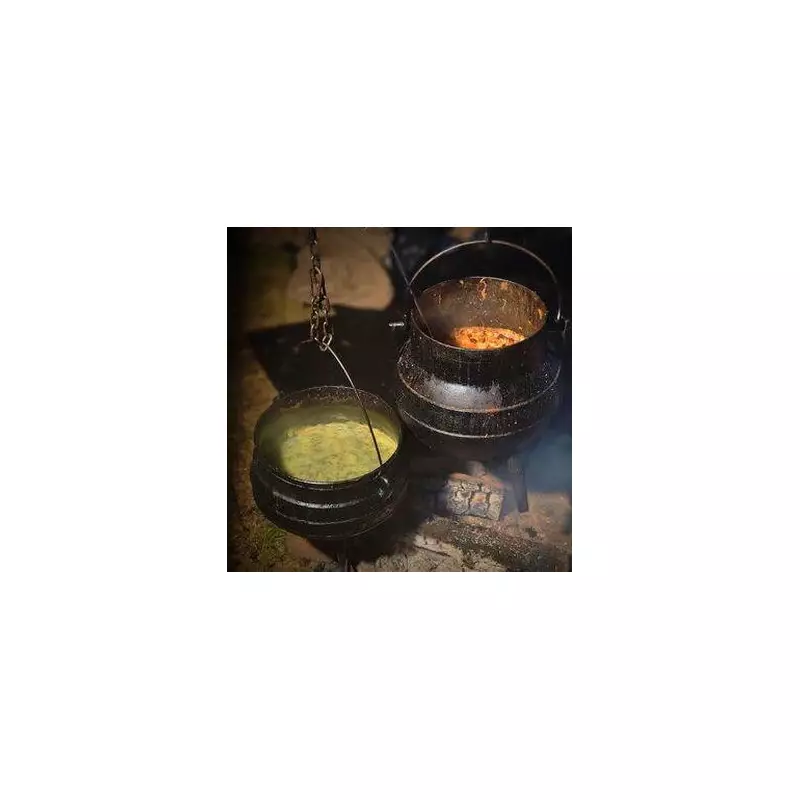
Imagine tasting a recipe that hasn't been properly prepared for over six centuries. That's exactly what one culinary adventurer decided to do, diving deep into medieval cookbooks to recreate a genuine soup from the 1390s.
The Historical Discovery
The journey began with an ancient cookbook dating back to the reign of King Richard II. Among the faded pages and archaic language lay a simple yet intriguing recipe for a medieval soup that promised to transport taste buds back to the 14th century.
Authentic Ingredients, Medieval Methods
Staying true to historical accuracy was paramount. The cook sourced ingredients that would have been available in medieval England:
- Fresh herbs from the garden including sage and parsley
- Organic onions and garlic
- Stone-ground flour for thickening
- Homemade bread for the base
- Natural broths instead of modern stock cubes
The preparation method was equally traditional, avoiding modern kitchen gadgets in favour of techniques that would have been familiar to cooks six hundred years ago.
The Taste Test Revelation
After hours of careful preparation following the ancient instructions, the moment of truth arrived. The medieval soup presented with an appearance surprisingly similar to modern counterparts, but the taste told a different story.
"The first spoonful was a genuine surprise," our culinary historian reported. "There's a complexity of flavour that modern soups often lack - the fresh herbs really shine through without being overpowered by salt or artificial flavour enhancers."
Why Medieval Recipes Still Matter
This culinary experiment reveals more than just historical eating habits. It demonstrates how our ancestors made the most of available ingredients, creating nourishing meals without today's conveniences.
The success of this medieval soup proves that good food is timeless. Perhaps it's time we looked to the past for inspiration in our modern kitchens, rediscovering flavours and techniques that have stood the test of time.





